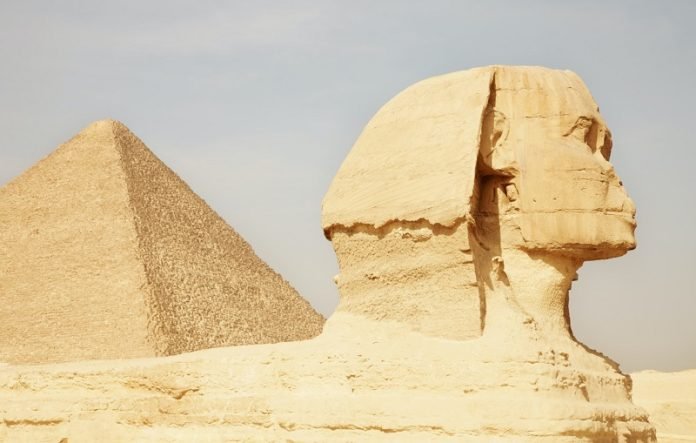
Have you ever wondered how the Great Sphinx of Giza got its shape?
Some researchers have a fascinating idea: maybe the wind played a part, long before people added the finishing touches.
For years, the Great Sphinx has been shrouded in mystery.
What did it first look like? Who does it represent? What was its real name?
Historians and archaeologists have dug deep to find these answers, but one question often slips through the cracks: What was the landscape like when ancient Egyptians started carving this world-famous monument?
And did the natural world have a role in shaping it?
Leif Ristroph, a smart professor from New York University, and his friends have been studying this.
They’ve come up with an interesting story that suggests that wind erosion might have helped form the Sphinx. Their research is so good that it’s going to be shared in a science journal called Physical Review Fluids.
They were curious about “yardangs,” which are unusual rock shapes in deserts, made by wind blowing sand and dust over time.
The researchers wondered: Could the Great Sphinx have begun as a yardang that people later carved into the giant statue we see today?
To figure this out, they played with clay and harder stuff in a lab, trying to copy the land in Egypt where the Sphinx stands.
They blasted these mini mountains with water streams to imitate strong winds. And guess what?
They ended up with shapes that looked a lot like the Sphinx! The harder bits in their model acted like the Sphinx’s head, while other parts naturally shaped into a neck, paws, and a curved back.
Ristroph says their experiments suggest a simple way Sphinx-like shapes might form: erosion, which is when wind and water wear away rock. There are even real yardangs out there that look like animals lying down, which backs up their ideas.
This isn’t just cool for history buffs; geologists—scientists who study Earth—might find this really useful. It shows them how rock formations aren’t all the same; they change based on what they’re made of and how the wind flows around the tougher parts.
This study got a thumbs up and some funding from the National Science Foundation.
It’s a reminder of how nature can create amazing things over time, possibly even inspiring the ancient Egyptians to build one of the most iconic structures in the world.
So next time you see a picture of the Great Sphinx, you can wonder: Did the winds of time start carving its shape long before human hands touched it?
Follow us on Twitter for more articles about this topic.



